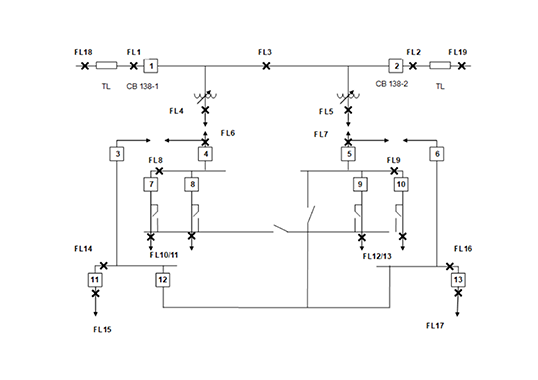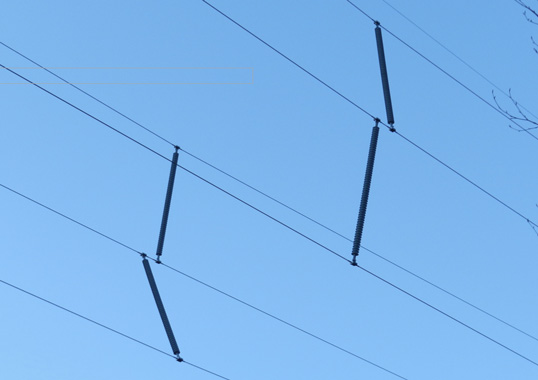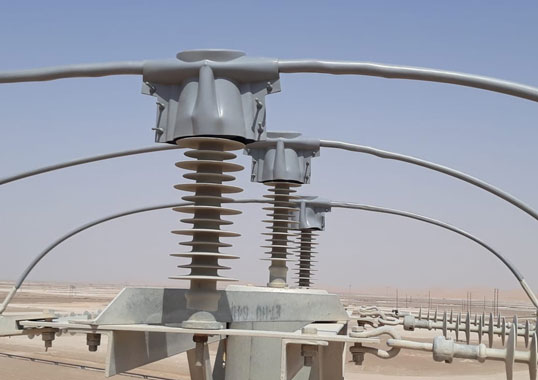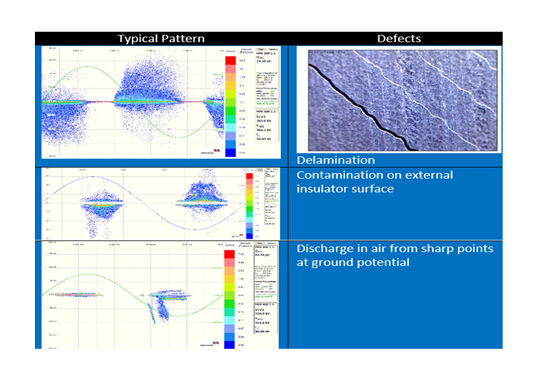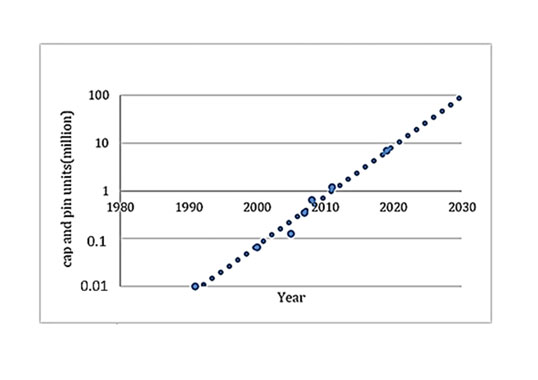Application of Surge Arresters in Mitigating Breaker Transient Recovery Voltage by Rogerio Verdolin
Transient Recovery voltage (TRV) of a circuit breaker is the difference of voltage measured between each side of the breaker to ground. The most severe TRV, from an amplitude point of view, follows interruption of the first phase to clear an ungrounded three-phase fault. In such cases, shift in system neutral results in high amplitude TRV. While probability of this fault ever occurring is low, it is nevertheless the basis for rating a breaker’s TRV capability. TRV should be measured across the terminals of all circuit breakers in the substation under study and three-phase ungrounded faults, three-phase grounded, and short line faults near the circuit breakers should all be applied. Moreover, several fault locations should be applied to find out the worst system TRV on breakers in order to test breaker capabilities. For example, a breaker clearing a capacitor bank is also prone to restrike due to TRV. Similarly, transmission lines and equipment connected to the station busbar impact the TRV for the three-phase ungrounded fault test. When studying TRV, it is necessary to ensure that all suitable lines, transformers and bus equipment are represented in the simulation. This presentation investigates dielectric performance of circuit breakers during a zero current interruption process and application of surge arresters in mitigating breaker TRV.

